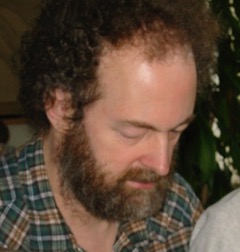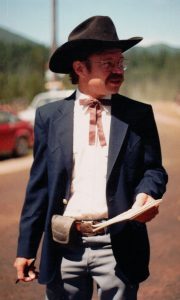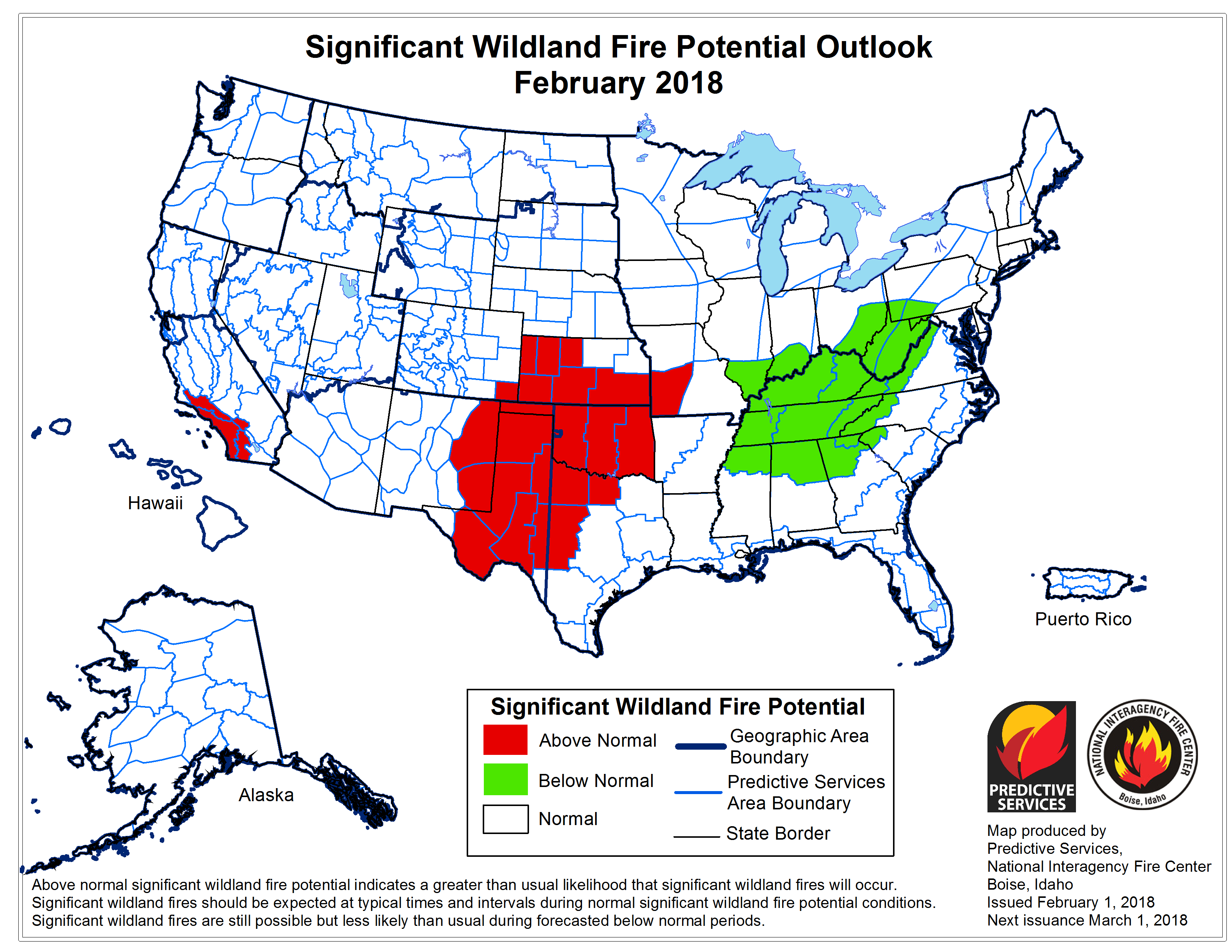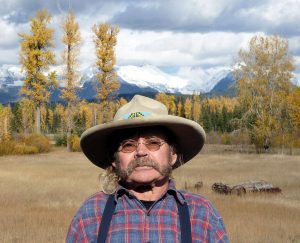2017 was a record year for Wildland Fire in Montana with some 1.4 million acres burned. Fortunately, the North Fork escaped large fires. However, with our long history of large fires in 1988, 2001 and 2003, it is only a matter of time before we see large fire return to the North Fork. Many North Fork residents have taken advantage of the free Wildland Fire Risk Assessments provided by both the Flathead Economic Policy Center (FEPC) and Montana Department of Natural Resources and Conservation. If you are interested in a free Assessment, fill out the attached form and return it to the FEPC. Grant money is available to assist landowners with hazardous fuels projects if they are interested.
NFLA Dues are Due Before April 1st
I am SURE summer is right around the corner, so this is just a reminder that your NFLA dues ($15 per person) are due before April 1st if you want to receive the Spring Newsletter with the calendar of wonderful events planned for the summer. Once again your Board of Directors has been working hard to make this summer memorable. In addition to our usual picnics, floating, hiking and biking we have TOURS OF HISTORIC HOMESTEADS, a bi-weekly FARMER’S MARKET, and presentations on BEARS, FIRE MITIGATION around your home, and a 1st AID, CPR, AED Class to name just a few of the events lined up so far.
Tap here for a copy of the NFLA Membership Form. Just send it and $15 per member to:
NFLA Treasurer
PO Box 1603
Columbia Falls, MT 59912
We look forward to seeing you this summer!
2018 Winter Interlocal Information

Here’s a message from Rob Davies, District Ranger for the Flathead National Forest who is hosting this year’s winter interlocal.
The meeting will be held at the Glacier National Park, Community building, (the usual winter spot) in West Glacier, instead of the Hungry Horse Forest Service Conference room.
Date: Wed Feb 21
Place: Community Building, Glacier Ntl Park, West Glacier, MT
Time: 10:00 am to 1:00 pm
Tap here to get a draft of the questions that will be covered.
I’ll bring some snacks, coffee and tea. If you wish to bring additional snacks, treats, and potluck items, ……. That would be greatly appreciated.
See you there.
Rob
Forest Service Shield
Rob Davies, District Ranger, Forest Service
Flathead National Forest, Hungry Horse – Glacier View Ranger Districts
p: 406-387-3801 c: 406-640-0921 f: 406-387-3889
rdavies@fs.fed.us
PO Box 190340
Hungry Horse, MT, MT 59919
http://www.fs.fed.us
USDA Logo Forest Service Twitter USDA Facebook
Caring for the land and serving people
2018 Winter Interlocal – LOCATION HAS BEEN UPDATED
NOTE: THIS IS LOCATION IS DIFFERENT FROM AN EALIER ONE, SO DON’T GO TO THE WRONG PLACE.
The 2018 winter North Fork Interlocal Agreement meeting will be held Wednesday, February 21 at the Glacier Park Community Center in West Glacier. Start time is 10:00 a.m. The meeting usually lasts abut three hours.
The Interlocal Agreement provides for face-to-face contact with representatives of agencies whose policies and actions affect the North Fork. Interlocal Agreement meetings are held in the winter (in town) and summer (at Sondreson Hall). Agency attendees include Montana Fish, Wildlife & Parks Montana Department of State Lands, U.S. Border Patrol, Glacier National Park, Flathead National Forest, U.S. Fish &Wildlife Service and Flathead County.
This is always a very interesting meeting, with reports from a range of government agencies and local organizations and often some quite vigorous discussion.
February 1, 2018 National Wildland Fire Potential Outlook
We are in good shape being out of season with reasonable moisture – snowpack is around 123% of normal for the Flathead. I was just in Albuquerque last week, and they are in continued drought with their ski area unable to open because they have more bare ground than they do snow cover. Grim. Jackson Wyoming just cancelled a Skijoring event due to lack of snow as well.
I’ll keep you posted as things change going into the spring and continue into the fire season. Fire season will be what it is, of course, but it is interesting to me to see how other parts of the country are being set up for active fire season. That obviously affects availability of resources nationally when we do get active.
Be thankful we have as much snow as we do. It can’t hurt.
Here is the link to the February 1 National Wildland Fire Potential Outlook that covers February, March and April:
https://www.nifc.gov/nicc/predictive/outlooks/monthly_seasonal_outlook.pdf
Thanks! Allen
North Fork stalwart and NFPA board member Alan McNeil dies

The North Fork Preservation Association has a story about Alan McNeil that begins… Alan Rideout McNeil died of a heart attack on the 29th of December, 2017. The family wish to thank the neighbors, the Sheriff’s department, and the Coroner, all of whom were most helpful in the midst of the recent blizzard conditions. Read the full story here.
There will be a gathering on the North Fork this summer in Alan’s memory. Alan will certainly be missed.
Alan McNeil has Passed
We just received word that Alan McNeil, dear friend of the North Fork, died unexpectedly of a heart attack on Friday. Our hearts go out to Cecily, Bruce, and especially Alan’s daughter Fiona. Alan was a good neighbor and active member of the NFLA. He will be greatly missed.
Champion of the North Fork John Frederick dies

John Frederick at the 1987 Polebridge Forth of July paradeJohn Frederick, champion of the North Fork and a founder of the North Fork Preservation Association, died today following a long illness. John passed away peacefully, his final weeks filled with the affection, laughter and tears of friends, family and well-wishers.
Here is John’s obituary, written by long-time friend and North Fork historian Lois Walker.
Long-time Polebridge resident and champion of the North Fork, John Frederick, Jr., passed away on November 15. He was 74.
He was born in Columbus, Ohio, in 1943, to John and Betty Watson Frederick. He attended school in Marion, Ohio, and graduated with a bachelor’s degree in English from The Ohio State University. He served in the U.S. Army from 1966 to 1969, stationed for almost two years in Alaska. Continue reading Champion of the North Fork John Frederick dies
Family, Forests and the Future

The Flathead Beacon has a wonderful article about our good neighbors the Chrismans and the good work that they’re doing. It starts… NORTH FORK — To accompany siblings Allen Chrisman and Kari Wiley in the Chrisman Family Forest is less of a nature walk than it is a meander through the woods to meet old friends. Read the full story here.
2017 NFLA Fall Newsletter
The 2017 NFLA Fall Newsletter comes to you courtesy of the North Fork Landowners Association (NFLA). A copy of the newsletter is sent out every fall to NFLA members reminding them to renew their membership and includes a membership renewal form as well as a letter from the NFLA President.
We invite you to join us! Membership dues are only $15 a year per person. Your dues are important to us. They help us maintain the Community Hall and organize lots of exciting activities that bring the community together. We have activities for everyone, whether you are interested in reading, gardening, hiking, biking, dancing, birding, or floating the river. We hope to see you at NFLA activities this fall/winter including Thanksgiving day dinner. More information about joining the NFLA may be found here.
Get a copy of the current newsletter and access to past newsletters on the NFLA Newsletter page.

